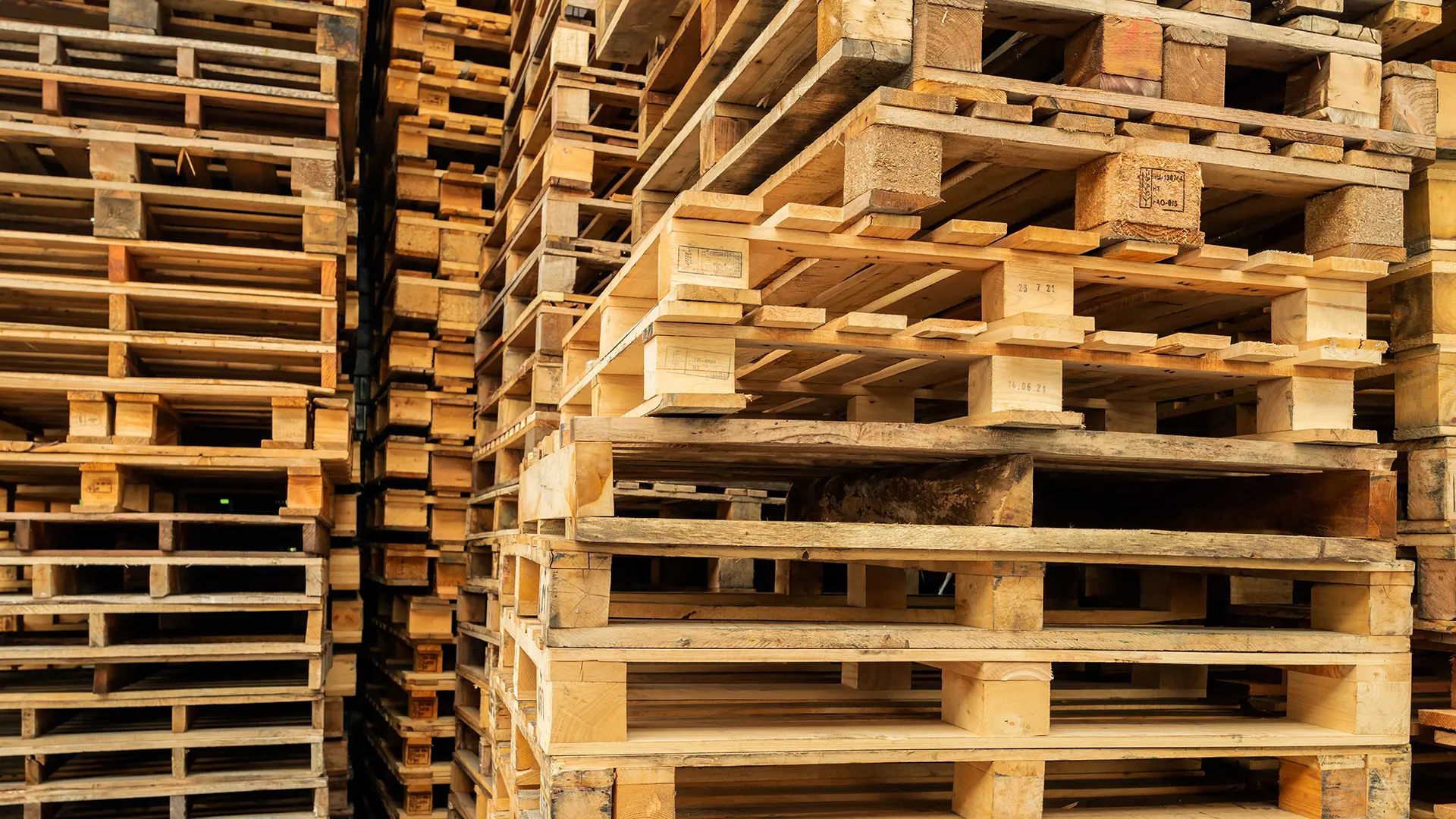
The unit load refers to the standardized method of packaging and transporting goods. It is a system that aims to improve efficiency and safety in the logistics and supply chain processes.
Types of unit loads
- Pallets: Pallet is a flat structure used to stack and store goods, usually made of wood, plastic, or metal.
- Containers: Large, reusable boxes used to transport goods, typically made of steel, aluminum, or plastic.
- Roll cages: Wheeled cages used to transport smaller items, commonly used in retail and distribution industries.
- Slip sheets: Thin, flat sheets made of plastic or paper used to support and stabilize goods during transportation.
Benefits of unit load
- Efficiency: Standardized unit loads allow for easier handling, storage, and transportation of goods, reducing the time and effort required for these processes.
- Safety: Unit loads are designed to withstand the rigors of transportation, reducing the risk of damage to goods and ensuring their safe arrival at their destination.
- Cost savings: By using unit loads, companies can optimize their shipping and storage processes, leading to cost savings in terms of time, labor, and materials.
- Environmental impact: Unit loads promote the use of reusable and recyclable packaging materials, reducing waste and minimizing the environmental impact of transportation.


 We use cookies to provide a better user experience on the website. Technically necessary cookies must be set for our website to function properly. You can decide which categories of files you want to allow. Please note that depending on the settings you choose, the full functionality of the website may no longer be available. More information can be found in our privacy and cookie policy.
We use cookies to provide a better user experience on the website. Technically necessary cookies must be set for our website to function properly. You can decide which categories of files you want to allow. Please note that depending on the settings you choose, the full functionality of the website may no longer be available. More information can be found in our privacy and cookie policy.